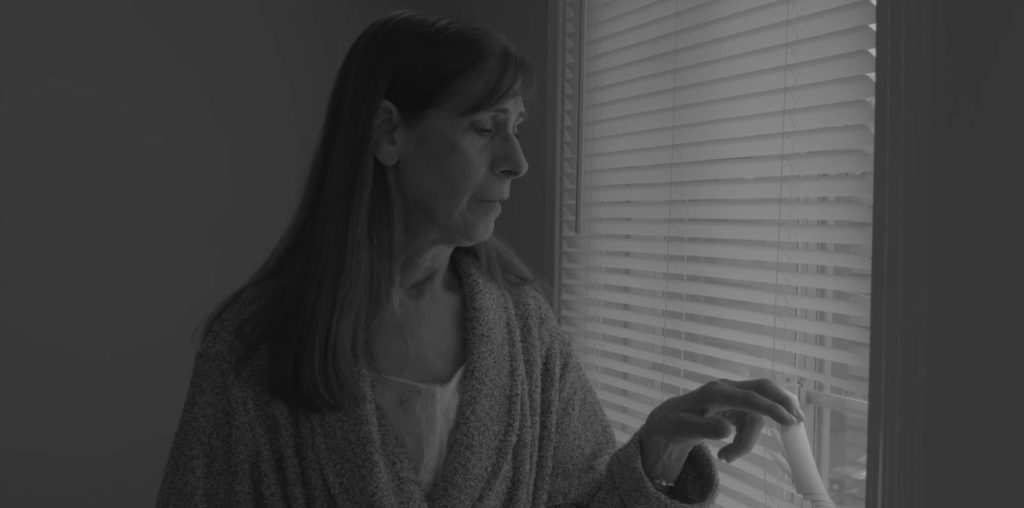
As Charlie’s ex-wife, Samantha Morton comes late to the show and is there for only a few minutes. But she has a vast and impeccable impact. Furthermore, you will witness Ty Simpkins as a religious missionary named Thomas. Thomas indulges in interesting conversations with Charlie about topics that elaborate on the latter’s mental state and often indicate a similarity between the two, which is surprisingly resonating.
The cast’s commitment throughout The Whale allows Aronofsky to create a tearful experience. Hunter’s brilliant adaption of his play is an essential part. Fraser’s dialogue reflects Charlie’s optimistic view of the world around him. Hunter creates a parallel against this notion by embedding’ fat jokes in between, which feels downright inhuman. However, it’s more of a creative decision to hold no bars in their bluntness that references people’s perceptions of disgust towards obese persons. One may find the execution of these jokes poor, but they are still in the right place.
Mind you, there isn’t much about the specifics associated with eating disorders and self-shame. But, we see Charlie giving in to his taxing inhibitions and eating out of his refrigerator. While some might feel it’s a laughable moment, the scene dives deep into Charlie’s past, which has taken a severe toll on his perspective. Could the discussion about his mental health concerns and eating disorders be more detailed? Maybe, but this is not a commentary on this subject. Instead, it’s about a father’s relationship with his estranged daughter and deals with several aspects of coping with a tragic past.

“Fraser’s sentimental portrayal of Charlie is mesmerizing…”
Aronofsky collaborates once again with longtime cinematographer Matthew Libatique, who makes The Whale way more engaging and captivating than the single-location setting suggests. The camera movements are limited to that of Charlie, who finds it challenging to move around due to his obesity. To have viewers feel the same congestion, the film plays on a 1:33:1 aspect ratio, making the screen more compact. Since the lens doesn’t capture much of Charlie’s surroundings due to the aspect ratio, we aren’t essentially exposed to all of it, leaving room for Aronofsky to use the limited space more efficaciously.
With The Whale, Aronofsky has expanded his palette. His films have always had a haunting effect, even with Noah, where he had a relatively colder approach toward his characters. With each film, his technical and creative tactics have improved, working wonders for his projects from Requiem For A Dream to Mother!. But this has an optimistic protagonist and a sense of positivity. Even when everyone is dealing with trauma and pain from the past, the audience feels hopeful for Charlie and Ellie. The emotionally uplifting gestures, the literature references, and Fraser’s charming presence give Aronofsky’s film a clear vision. The filmmaker’s signature elements of psychological horror are explored in detail during Charlie’s binge-eating sequence.
The Whale ends with a scene that brings out the best of Sink and Fraser, where the characters reach their emotional fill, breaking all their inhibitions. The final words the father-daughter share reveals their true bond, culminating with an awe-inspiring wide shot of one of Charlie’s sweetest memories. When that happens, viewers break down due to an overwhelming sense of wonder, for an astonishing piece of cinematic craftsmanship has concluded.
The Whale screened at the 2022 Toronto International Film Festival and the 2022 International Film Festival of India.

"…viewers break down due to an overwhelming sense of wonder..."


